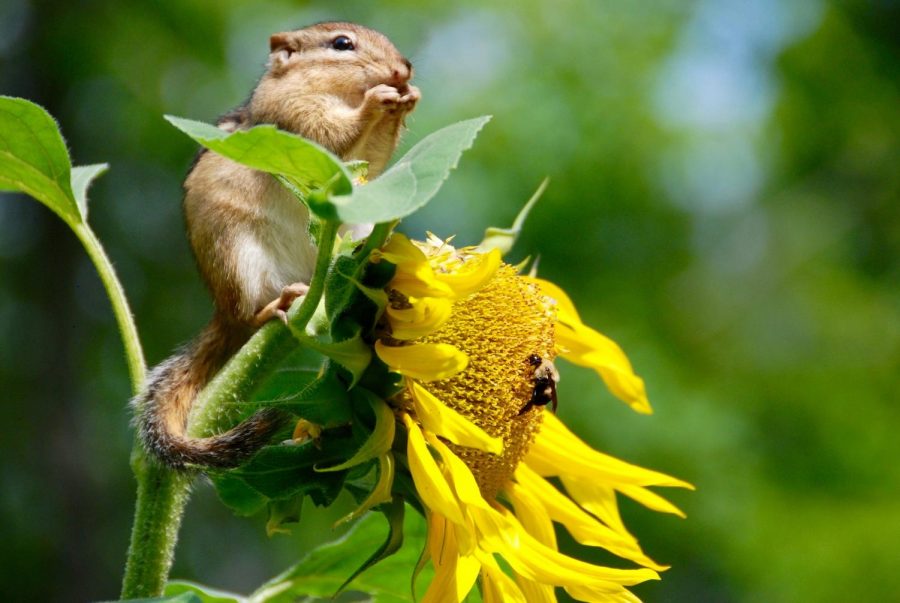Understanding the Need for Biodiversity
Protecting the Variety of Life on Our Planet
What is biodiversity?
Our planet’s biodiversity (biological diversity) includes all the estimated 50 million species of plants and animals (including microorganisms), although only 1.76 million species are known to us now.
Biodiversity also refers to the genetic variation present in each organism that makes them unique and helps them adapt to their environment.
Biodiversity is also comprised of the world’s ecosystems, which are groups of animals and plants living in close interaction with each other and the physical environment in which they do so.
Humans have a major impact on biodiversity. Despite how removed we may feel, we are still connected to the natural world. Biodiversity is found everywhere, even in the most extreme environments. It surrounds us wherever we are.
Biodiversity and nature are important in their own right, but they are also essential to the survival of humans. The diversity of ecosystems provides a wide range of services. Some examples are food, medicine, materials, health, security, clean water, air quality, climate regulation, recreation, and jobs and income. Without these, we, as a species, would not survive.
Unfortunately, humans are the ones causing eco-imbalances, leading to the depletion of these essential services. We therefore have a responsibility to address the threats facing our biosphere.
We are losing biodiversity at an unprecedented rate. UNESCO (United Nations Environmental Science and Cultural Organization) stated that “scientists estimate that 60% of the Earth’s ecosystems have reduced their capacity to deliver the vital ecosystem services on which we all depend.”
We are seeing between 14-70% loss of plant, mammal, amphibian, invertebrates and other species (International Union for the Conservation of Nature). Some of the direct contributors to the loss of biodiversity are pollution, overexploitation of biological resources (like deforestation and overfishing), invasive species, habitat degradation and fragmentation, and climate change.
For instance, there is an ongoing collapse in the insect population. This depletion presents a huge problem because insects form the base of many food webs, including our own.
So, what can you do?
First, understand the importance of biodiversity and treat nature with the respect it is owed.
Then, follow the links included here and start to take action!






